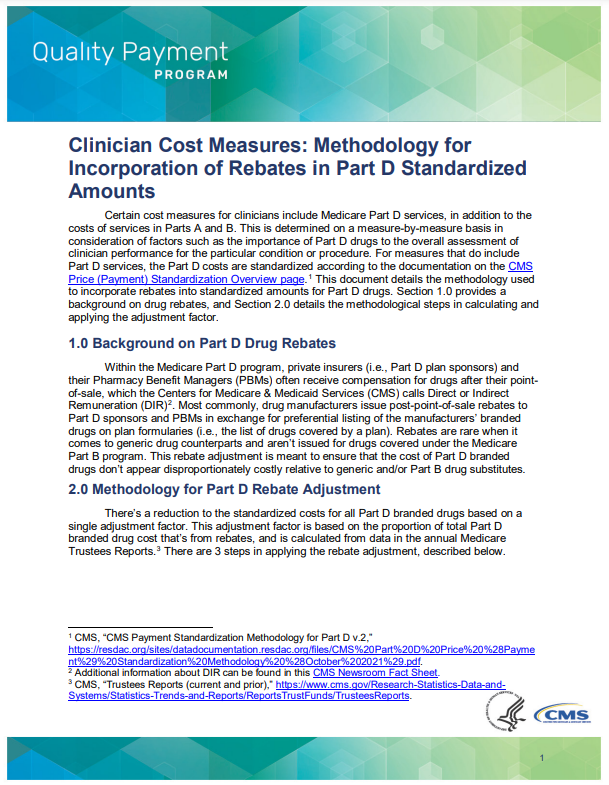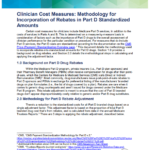How Is Rebate Calculated – Rebates are a popular way for consumers to save money on their purchases. Whether you’re buying electronics, appliances, or even groceries, understanding how rebates are calculated can help you maximize your savings. In this article, we’ll delve into the intricacies of rebate calculations, shedding light on the process and sharing tips to ensure you get the most out of this money-saving strategy.
Understanding Rebates
What is a rebate?
A rebate is a partial refund given to a customer after they’ve made a purchase. It’s typically a percentage of the purchase price, and the consumer receives it after meeting certain conditions specified by the seller or manufacturer.
How do rebates work?
Rebates are often used as a marketing strategy to incentivize consumers to buy a particular product. After buying the item, the customer needs to follow the instructions provided by the seller or manufacturer to claim the rebate. This usually involves submitting a form and proof of purchase.
Types of Rebates
There are several types of rebates, each with its own unique characteristics.
Instant rebates
Instant rebates are applied at the point of purchase. The buyer produces a decreased price for the item, with the discount already factored in.
Mail-in rebates
Mail-in rebates require customers to purchase the product at its full price and then send in a form, along with proof of purchase, to obtain a statement or gift card in the mail.
Loyalty program rebates
Some companies offer loyalty programs that reward frequent customers with rebates or discounts on future purchases.
Calculating Rebates
Rebate formula
The formula for calculating rebates is relatively simple. The rebate payment is usually a portion of the purchase price. It can be represented as:
RebateAmount=PurchasePrice×RebatePercentage
Example calculation
Let’s say you purchase a smartphone for $500, and the manufacturer offers a 20% rebate. Using the formula, your rebate amount would be:
Rebate Amount = $500 × 0.20 = $100
In this case, you would receive a $100 rebate.
Factors Affecting Rebate Amount
The final rebate amount depends on several factors:
Purchase price
The higher the purchase price, the larger the rebate amount will be, assuming the rebate percentage remains the same.
Rebate percentage
The rebate percentage directly influences the rebate amount. A higher percentage results in a larger rebate.
Common Rebate Mistakes
To make the most of rebates, avoid these common mistakes:
Not reading terms and conditions
Rebates often come with specific terms and conditions. You must read and follow them to avoid your rebate being denied.
Missing deadlines
Rebate offers usually have deadlines for submission. These deadlines can save you the rebate.
Not providing required documentation
Ensure you provide all necessary documentation, such as receipts and forms, to claim your rebate successfully.
Maximizing Rebates
To maximize your rebate potential, consider these strategies:
Being organized
Keep track of your purchases, deadlines, and required documentation to ensure a smooth rebate process.
Combining rebates
Combine multiple rebates to increase your savings.
Utilizing loyalty programs
Participate in loyalty programs your favorite brands offer to receive ongoing rebates and discounts.
Conclusion
Understanding how rebates are calculated and making informed purchasing decisions can result in significant savings. By following the rebate process diligently and avoiding common mistakes, you can take full advantage of these money-saving opportunities.

